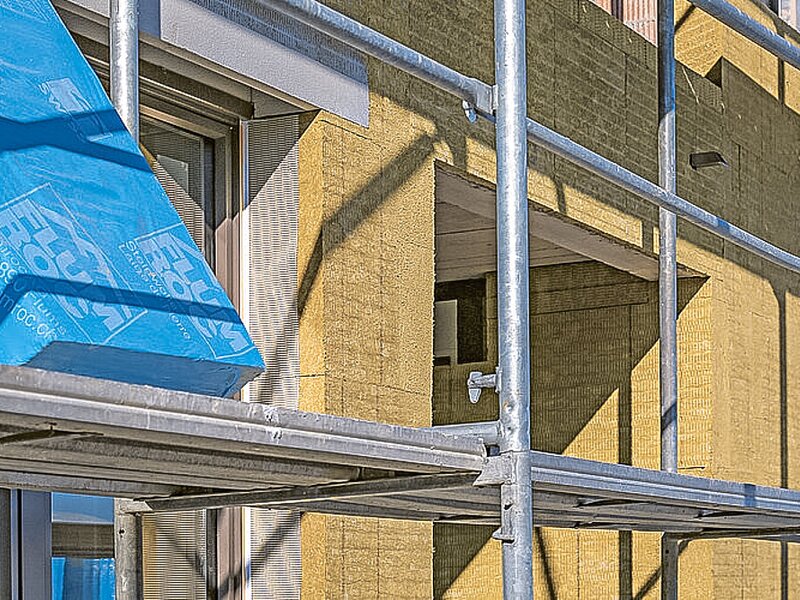Building renovation as a key to the energy transition
A recent study by the Lucerne University of Applied Sciences and Arts, commissioned by Flumroc, shows that insulating all residential buildings in Switzerland could save 5.3 terawatt-hours of electricity annually – almost enough to close the projected winter power gap.
Lucerne/Flums: A new study by the Lucerne University of Applied Sciences and Arts (HSLU), commissioned by Flumroc AG, reveals that insulating the building envelopes of all residential properties in Switzerland could reduce annual electricity consumption by 5.3 terawatt-hours (TWh). This figure comes close to offsetting the country’s projected winter electricity shortfall of around 6 TWh.
The study assumes that all residential buildings would be heated using heat pumps, which would consume approximately 11.5 TWh of electricity annually without insulation. According to the findings, effective thermal insulation can cut heating energy demand by an average of 50%, significantly reducing the electricity needed to operate these systems.
In addition to reducing electricity consumption, insulation leads to greater indoor comfort and lower energy costs for residents. Since residential buildings make up roughly two-thirds of Switzerland’s building stock, the energy-saving potential is substantial. Extending insulation measures to commercial, administrative, and educational buildings could yield even greater savings.
Flumroc CEO Damian Gort emphasizes the strategic relevance of such renovations: "Improving building envelopes plays a crucial role in the energy transition." In light of these findings, Gort questions current energy policy decisions: "Suspending the federal building renovation program, which supports these kinds of upgrades, seems counterproductive."
Flumroc, headquartered in Flums, Canton of St. Gallen, specializes in stone wool insulation systems and promotes energy-efficient and sustainable construction practices.
Hochschule Luzern Architektur & Technik

